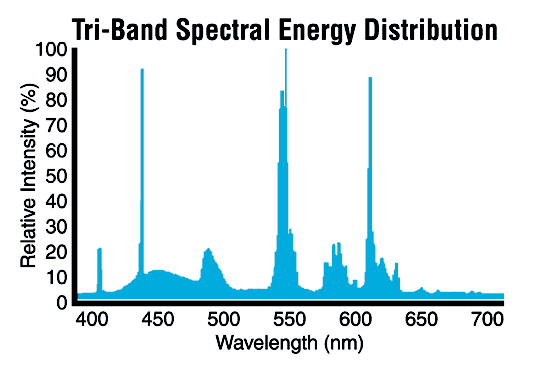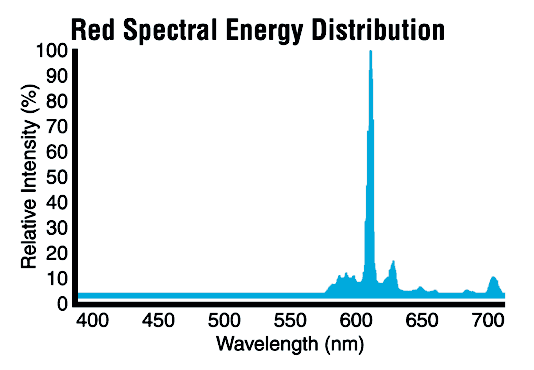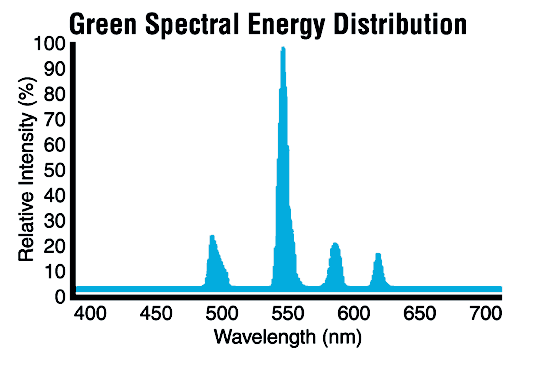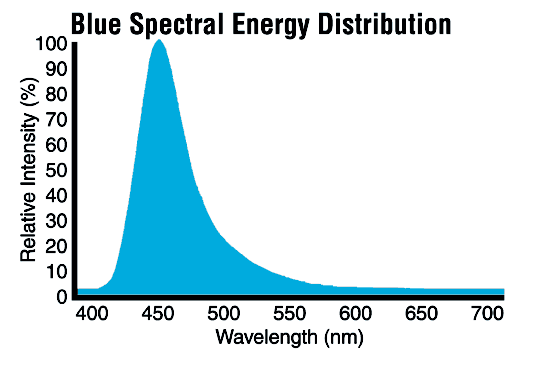Miniature Lamps
LCD Lighting’s miniature lamps are typically a multiple bend lamp configuration used to backlight a Liquid Crystal Display (LCD). A laptop computer screen is the best known common example of an LCD display. Displays similar to this are used throughout the industry to show information or present images for entertainment. Miniature lamps can be placed on the edge of an LCD display or directly behind it with a backplate to reflect light through the LCD. The application and use environment help determine the lamp’s shape, size and power. Typically miniature lamps are multi-bend in shape and are usually from 6mm to 20mm in outside diameter (O.D.).
Our miniature lamps replace multiple lamp designs with more efficient, single lamp systems which produce a number of important benefits – simplified wiring harnesses, reduced power requirements and enhanced durability, better uniformity, easier to dim and easier to maintain.
Most of the miniature lamps LCD Lighting manufactures are used to illuminate very critical primary flight data displays – the avionics displays on many of the world’s commercial, private and military aircrafts. A portion of our miniature lighting portfolio can also be found in laptops, ATM’s, medical monitors, kiosk displays, or as OEM replacement lamps for similar devices.
Unique Shapes
We offer specialty fluorescent lamps in a variety of shapes, including grid lamps, circular lamps or interlocking lamps.
Multiple Bend, Grid Lamps
Grid lamps have more than one “U” bend in one plane. Electrode legs may be in the same plane, a parallel plane, or at right angles to the plane of the grid. Due to the innovative design of the lamp, the edge effect is minimized and more of the lamp’s energy can be seen when viewing the LCD application from off axis viewing angles. Moreover, luminance uniformity as well as mean luminance of the LCD is also highly optimized. It’s no problem to use a contoured diffuser and/or a contoured reflector with grid lamps as it further aids in minimizing luminance roll-off and producing maximum results in viewing characteristics of your LCD.
Circular Lamps
May be circular or oval in almost any size. The electrode legs may be parallel to the plane of the circle or in a plane at a right angle to the plane of the circle .
Interlocking Lamps
Lamps are for applications requiring redundancy, more than one lamp is used so that the display continues to be illuminated if one lamp fails. The lamps are designed to interlock – overlap in the same plane to provide optimum uniformity of light.
Technical and Performance Specifications
| Outside Diameter Range: |
6mm – 20mm |
| Length: |
50mm – 1520mm |
| Special: |
Lasered apertures available |
| Radius Bend: |
6mm – 25mm |
| Shapes: |
“U”, “C”, “L”, “S”, “M” and multi-bend serpentine shapes |
| Colors: |
Virtually any, as required and specified by the customer |
| Technology: |
HCFL or CCFL |
| Operating Lifetime: |
Tens of thousands of hours depending on driving current (amps) |
| Operating Environment: |
Commercial, industrial, military and space environments
(-55°C to +85°C with thermal management) |
| Manufacturing Process: |
LCDL (LCD Lighting) proprietary |
Standard Colors
Standard colors include cool white, warm white, daylight, blue, green, red, and tri-band. Ultraviolet and infrared phosphors can also be supplied. Spectral energy distributions of the tri-component colors are shown in figures below. These can be blended to produce the precise desired color requirements in a wide range within the visible spectrum.




Miniature Lamps
Miniature Lamps
LCD Lighting’s miniature lamps are typically a multiple bend lamp configuration used to backlight a Liquid Crystal Display (LCD). A laptop computer screen is the best known common example of an LCD display. Displays similar to this are used throughout the industry to show information or present images for entertainment. Miniature lamps can be placed on the edge of an LCD display or directly behind it with a backplate to reflect light through the LCD. The application and use environment help determine the lamp’s shape, size and power. Typically miniature lamps are multi-bend in shape and are usually from 6mm to 20mm in outside diameter (O.D.).
Our miniature lamps replace multiple lamp designs with more efficient, single lamp systems which produce a number of important benefits – simplified wiring harnesses, reduced power requirements and enhanced durability, better uniformity, easier to dim and easier to maintain.
Most of the miniature lamps LCD Lighting manufactures are used to illuminate very critical primary flight data displays – the avionics displays on many of the world’s commercial, private and military aircrafts. A portion of our miniature lighting portfolio can also be found in laptops, ATM’s, medical monitors, kiosk displays, or as OEM replacement lamps for similar devices.
Unique Shapes
We offer specialty fluorescent lamps in a variety of shapes, including grid lamps, circular lamps or interlocking lamps.
Grid lamps have more than one “U” bend in one plane. Electrode legs may be in the same plane, a parallel plane, or at right angles to the plane of the grid. Due to the innovative design of the lamp, the edge effect is minimized and more of the lamp’s energy can be seen when viewing the LCD application from off axis viewing angles. Moreover, luminance uniformity as well as mean luminance of the LCD is also highly optimized. It’s no problem to use a contoured diffuser and/or a contoured reflector with grid lamps as it further aids in minimizing luminance roll-off and producing maximum results in viewing characteristics of your LCD.
May be circular or oval in almost any size. The electrode legs may be parallel to the plane of the circle or in a plane at a right angle to the plane of the circle .
Lamps are for applications requiring redundancy, more than one lamp is used so that the display continues to be illuminated if one lamp fails. The lamps are designed to interlock – overlap in the same plane to provide optimum uniformity of light.
Technical and Performance Specifications
(-55°C to +85°C with thermal management)
Standard Colors Standard colors include cool white, warm white, daylight, blue, green, red, and tri-band. Ultraviolet and infrared phosphors can also be supplied. Spectral energy distributions of the tri-component colors are shown in figures below. These can be blended to produce the precise desired color requirements in a wide range within the visible spectrum.
No matter which size or shape of miniature and sub-miniature fluorescent lamp you need – we can engineer, design and manufacture the lamps that will fit your unique application requirements. In over 27 years of manufacturing experience the Light Sources group and LCD Lighting have custom-designed for virtually every market application you can think of.
Download the design requirements data sheet today and send us your requirements to in ** @ ** dl.com .
Click here for more information on the types of cookies we use and how to change your cookie settings. Accept
Privacy Overview
1-800-826-9465 (North America)
+44 1576 220246 (Europe Germicidal)
+36 2754 1800 (Europe Other)
+86 21 52662921 (China)